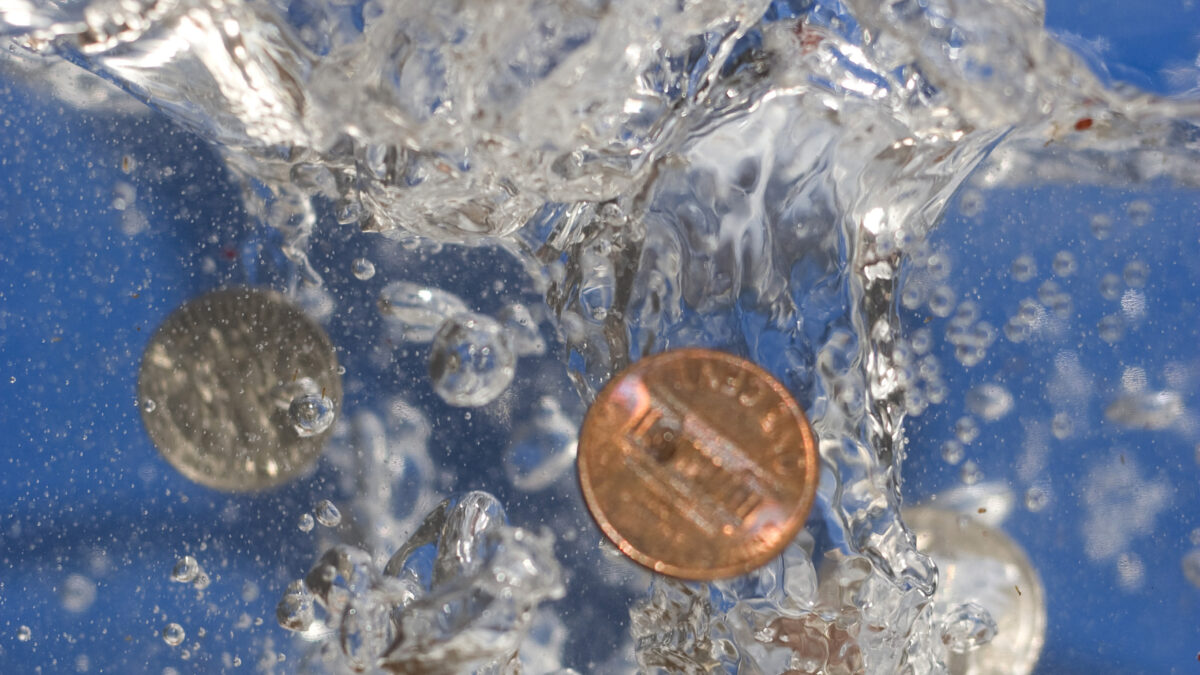Customer Acquisition and Retention (CAR) are two of the most important activities of the Marketing and Sales strategies and should be KPIs for “C” suite occupants as well. One of the classic case studies of the battle over CAR is the so-called Cola Wars initiated between Coca Cola and Pepsi Cola in the 1970s. These two established giants of that sector fought for market Dominance in a manner that is instructive for today’s audience.
Readers are cautioned that this Modern Marvels (The History Channel) video is almost 45 minutes in length, although with almost a million views on YouTube alone it appears that many (including this blogger) have found the information of value.
https://www.youtube.com/watch?v=jOKnXZK0apE
One can surmise that the reason, this match was dubbed, the Cola Wars—it was a brutal confrontation between the number one and number two economic actors in that space. Coca Cola was heavily damaged (sometimes self-inflicted wounds) yet later recovered. This was in part due to a loyal (emotional) following of its customers once it got over the fiasco; New Coke.
The subsequence competitive landscape was forever changed, possibly more because of the entrants of new products by both firms. However, the past can be prologue.
According to one recent source;
- “The top 10% of your patrons probably spend three times more than your average customer.
- Acquiring a new customer can cost five times more than retaining an existing customer.
- 33% of American customers say they consider switching companies immediately following a single instance of poor service.
- 55% of consumers believe companies have a more important role than governments in creating a better future.
- 77% of businesses that exceeded their revenue goals in 2018 have documented personalization strategies.
- 95% of loyalty program members want to engage with the programs via virtual reality, wearable devices, and other cutting-edge technology.
- Customers who are emotionally connected have a four times greater lifetime value.”
This pundit has long argued (often on this and other blogs) that despite significant changes in Social Media and our abilities to connect worldwide, ‘human nature’ has not changed (much if any).
For example, after the Pepsi Challenge and use of popular celebrities of the time, Coke customers did in fact ‘switch.’ However, when Coke rectified its market transgressions many switched back.
It follows, that against the contemporary list above:
- Coca Cola customers were committed and emotionally connected to the firm’s product, albeit not the firm itself
- Pepsi’s acquisition strategy was expensive and, in the end, not very effective
- Many Coke drinkers did switch when confronted especially after the New Coke strategy
- Each cola was personal to the individual consumer
The challenges of the distant Cola Wars may not seem relevant today. Yet, Apple’s Steve Job’s opportunity to the then Pepsi CEO John Scully, “Do you want to sell sugar water for the rest of your life, or do you want to come with me and change the world?” may have been more apropos that subsequent events between the two men depicted.
The Cola Wars case study holds timeless lessons. All businesses seek to increase their customer base and stave off competitors. This is life in the free (and not so free) enterprise sectors.
The cautionary tale to both established and those seeking new markets is to think smart about the customer acquisition and retention processes and not cavalierly and simplistically. This is true whether seeking to protect and installed base or switch it.
Do You Know if Your Customer Acquisition and Retention Strategy is Actually Working?
For More Information
To calculate your own Risk Adjusted Customer Acquisition Cost, checkout our free model.
You can contact the author more information as well.
End Notes
https://www.bartleby.com/essay/Cola-Wars-Summary-F3ZJHEKVC
https://www.smallbizgenius.net/by-the-numbers/brand-loyalty-statistics/

